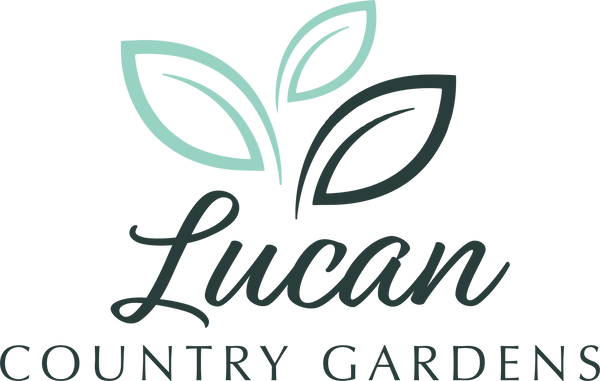Lucan Country Gardens
Maple, Sugar 'Legacy'
Maple, Sugar 'Legacy'
Out of stock
Couldn't load pickup availability
Height: 60 feet
Spread: 50 feet
Sunlight: full sun
Hardiness Zone: 3b
Other Names: Acer Saccharum 'Legacy'; Hard Maple, Rock Maple
Description:
Possibly the best shade tree for fall colors ranging from gold to burnt orange to red; shapely and neat, a truly stately tree; adaptable to soils, but dislikes air pollution and compaction; every landscape should have a place for one of these aristocrats
Ornamental Features
Sugar Maple has green foliage throughout the season. The lobed leaves turn outstanding shades of yellow, orange and red in the fall. Neither the flowers nor the fruit are ornamentally significant.
Landscape Attributes
Sugar Maple is a dense deciduous tree with a shapely oval form. Its average texture blends into the landscape, but can be balanced by one or two finer or coarser trees or shrubs for an effective composition.
This is a relatively low maintenance tree, and should only be pruned in summer after the leaves have fully developed, as it may 'bleed' sap if pruned in late winter or early spring. It has no significant negative characteristics.
Sugar Maple is recommended for the following landscape applications;
Accent
Shade
Planting & Growing
Sugar Maple will grow to be about 60 feet tall at maturity, with a spread of 50 feet. It has a high canopy of foliage that sits well above the ground, and should not be planted underneath power lines. As it matures, the lower branches of this tree can be strategically removed to create a high enough canopy to support unobstructed human traffic underneath. It grows at a slow rate, and under ideal conditions can be expected to live to a ripe old age of 100 years or more; think of this as a heritage tree for future generations!
This tree should only be grown in full sunlight. It prefers to grow in average to moist conditions, and shouldn't be allowed to dry out. It is not particular as to soil pH, but grows best in rich soils. It is somewhat tolerant of urban pollution. This species is native to parts of North America.
Share


